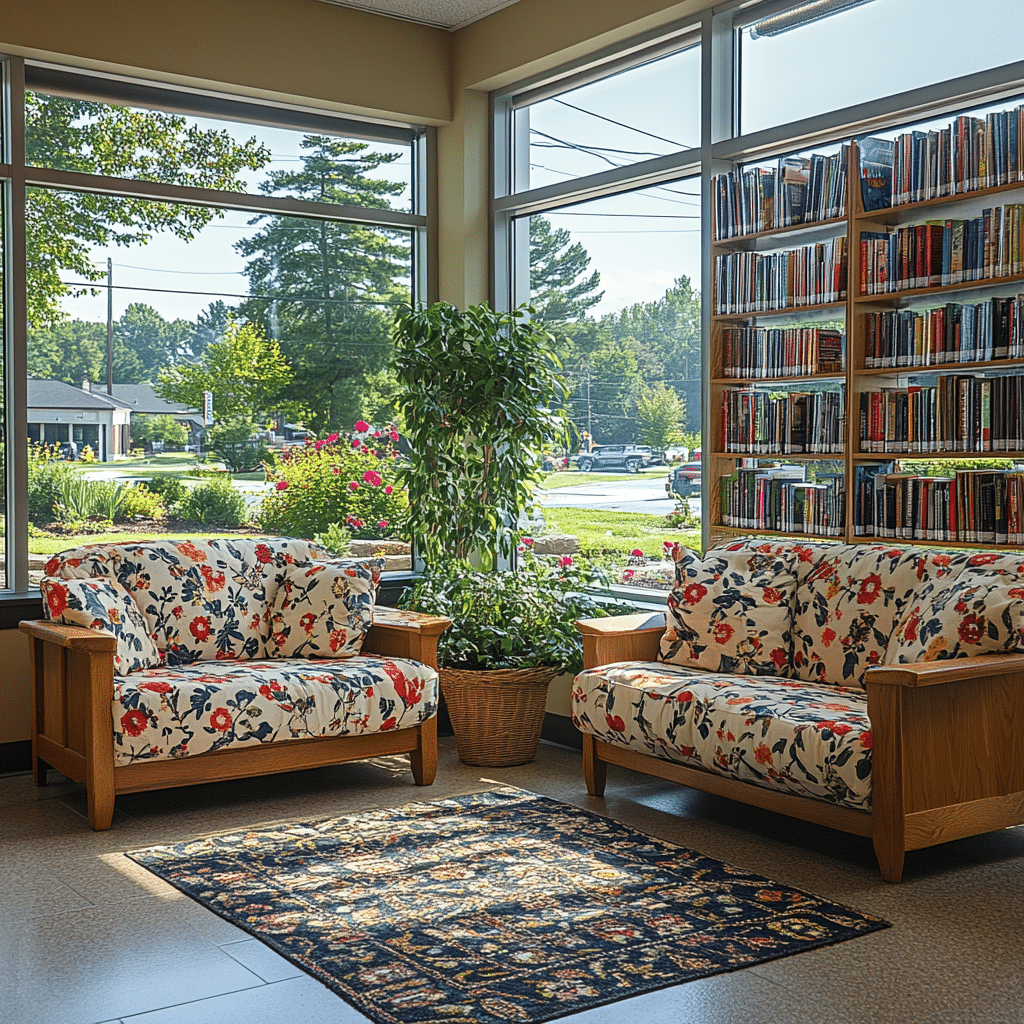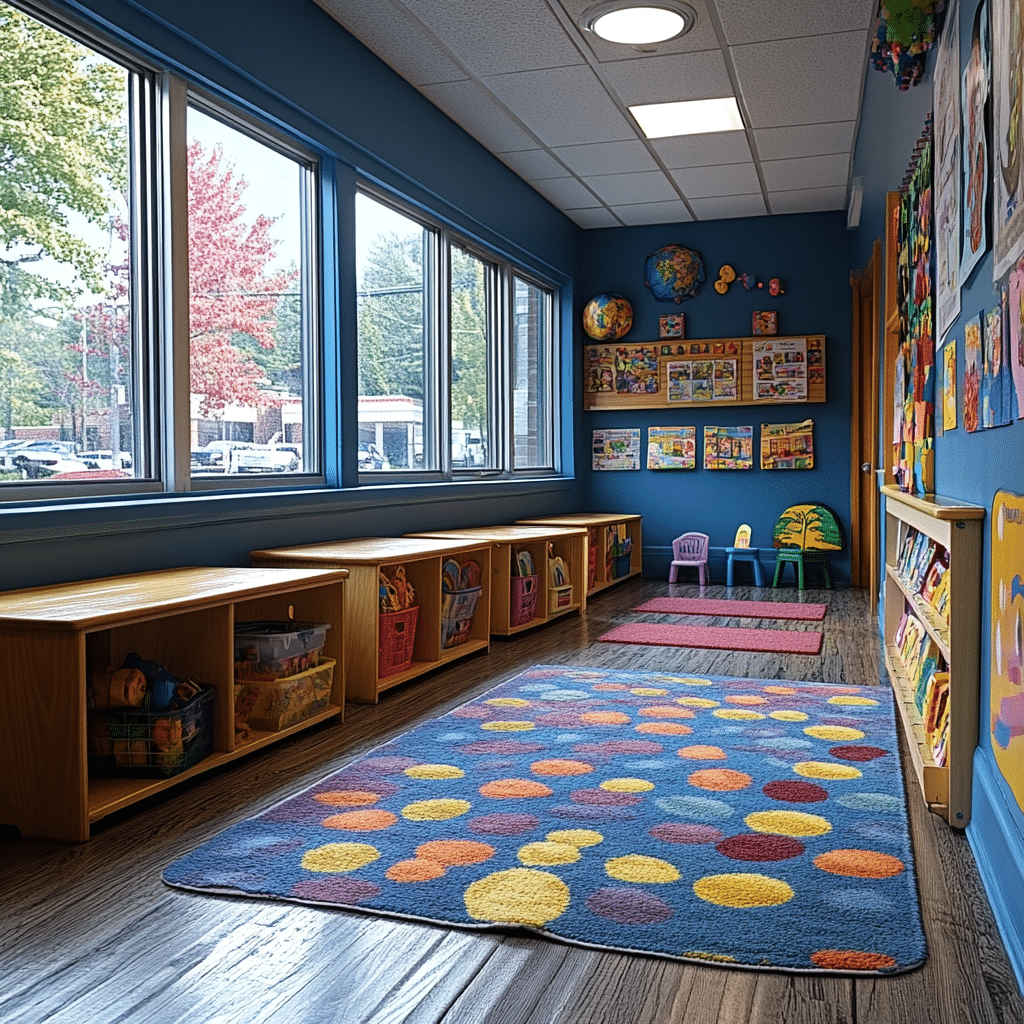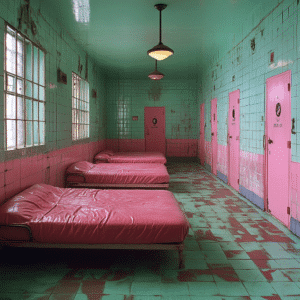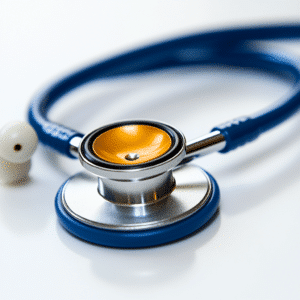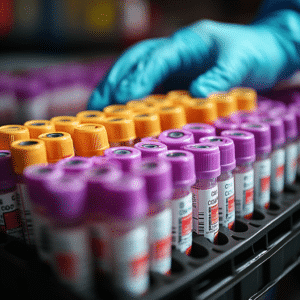Finding your way through the turbulent waters of addiction can feel overwhelming, especially for parents of children struggling with substance use. That’s where community resource centers come in. These vital hubs are at the forefront of transforming lives and futures. They don’t just provide immediate assistance; they also pave the way for long-term solutions that lift entire families up. In this article, we’ll dive into the profound impact these centers have and spotlight seven standout examples changing the game.
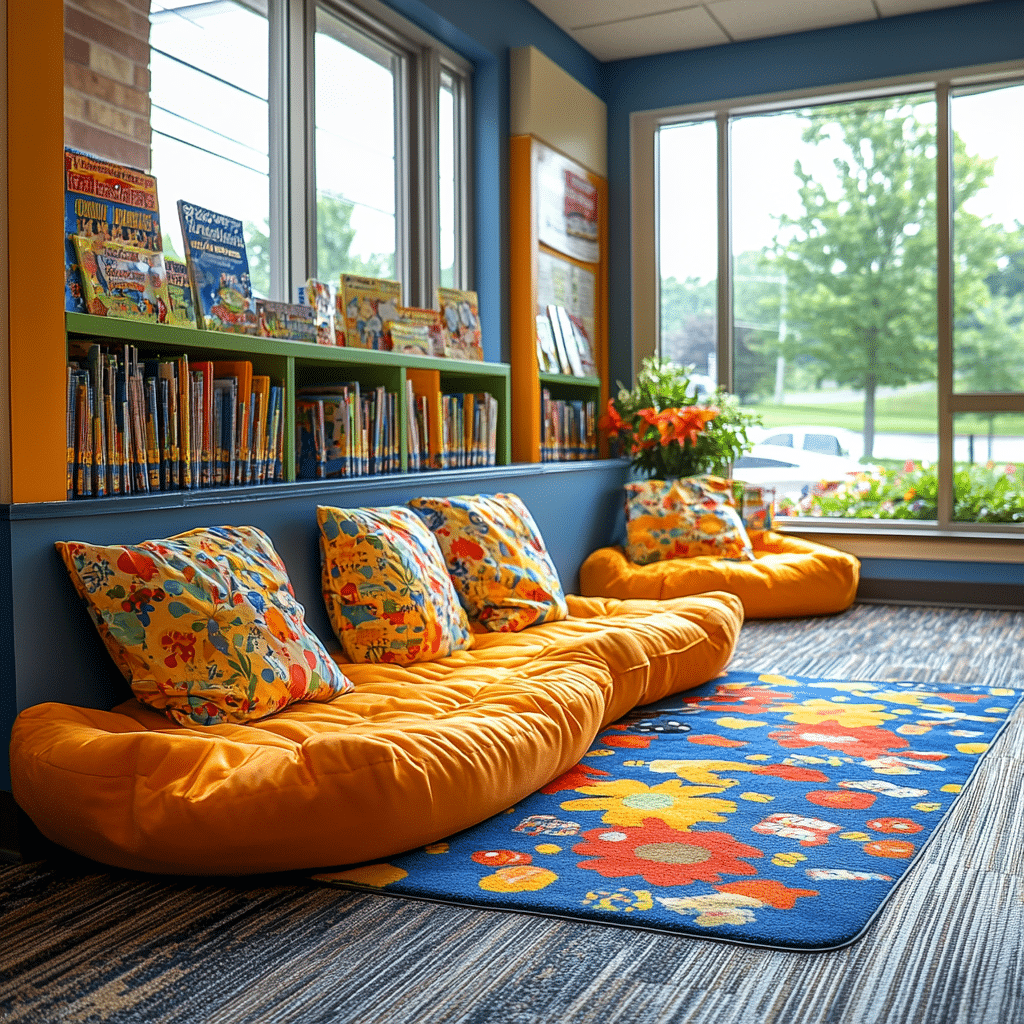
1. The Role of Community Resource Centers in Addiction Support
Community resource centers are essential lifelines for families grappling with addiction. They offer a rich array of resources, including counseling, educational workshops, and peer support groups. These components are instrumental in nurturing recovery and fostering resilience within families. Moreover, these centers often join forces with local law enforcement and healthcare providers, creating a safety net that catches those who might otherwise slip through the cracks.
What sets community resource centers apart is their holistic approach. They focus not just on the individual facing addiction but also on the emotional and psychological well-being of the entire family. The understanding that addiction impacts everyone—parents, siblings, and even extended family—positions these centers as crucial players in the recovery process. The support they provide is invaluable; it’s like a hug that reminds families they are not alone in their struggles.
The power of community resource centers lies in their ability to create a nurturing atmosphere where families can express themselves freely. Engaging in open conversations about addiction helps break the stigma that often surrounds it. Families begin to see that vulnerability is a sign of strength, helping to foster a culture of empathy rather than judgment—a fundamental step towards healing.
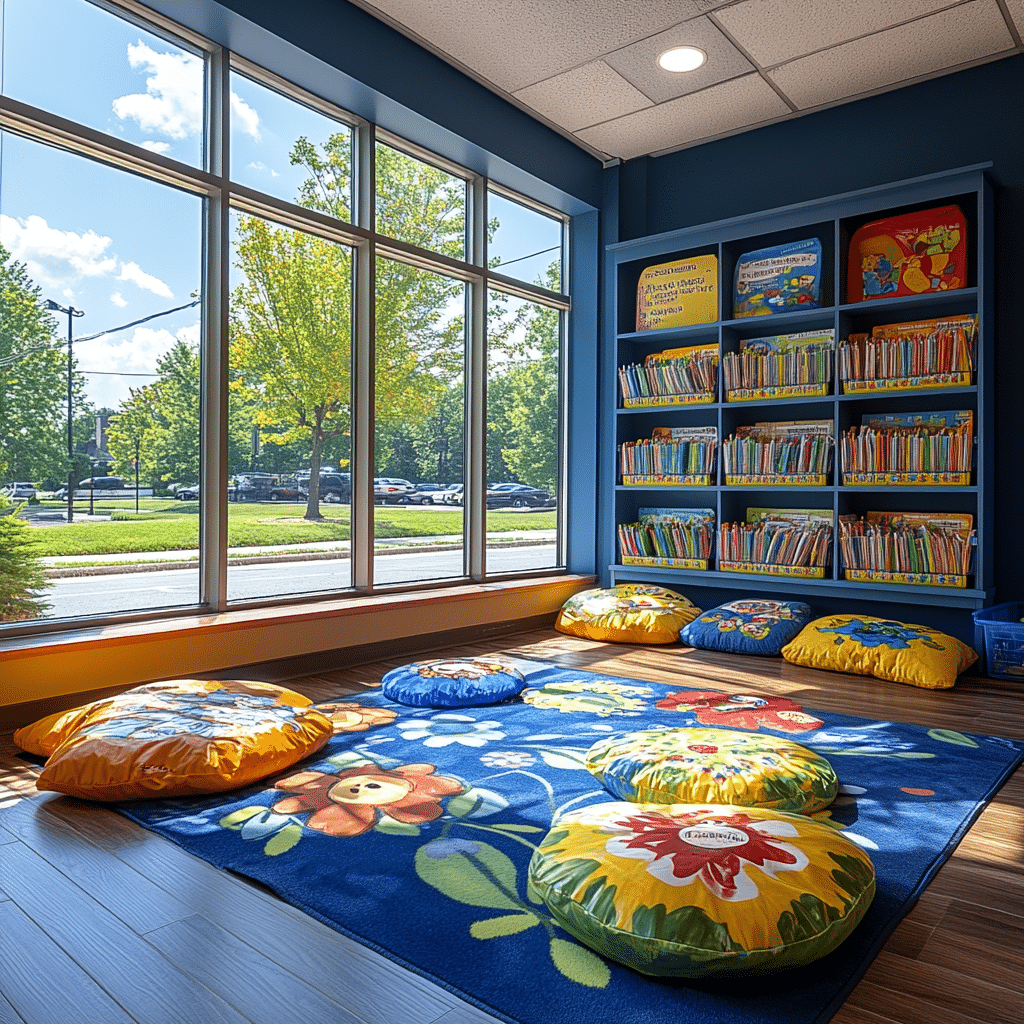
2. Top 7 Innovative Community Resource Centers Making a Difference
Let’s highlight seven impressive community resource centers that are truly making waves in the addiction recovery space:
Circle of Hope focuses on family reintegration alongside recovery services. Their Family Empowerment Program equips families with practical resources and emotional backing, ensuring that recovery is a shared journey.
This multi-location service specializes in both residential and outpatient treatment. Their vocational training programs empower individuals to gain sustainable employment, significantly lowering relapse rates.
Through art therapy and life skills workshops, this center nurtures families affected by addiction. Their Art Heals program has proven its worth by aiding individual healing while promoting family closeness.
With a focus on holistic wellness, they offer services like yoga and meditation, leading to both decreased substance use and enhanced overall health for participants.
This nationwide network provides group meetings and online support focused on self-management. Their evidence-based methodologies engage families, breaking down barriers and stigma related to addiction.
Functioning as a peer-support group, they arm parents and family members with tools to deal with the myriad challenges of having a loved one in the throes of addiction. Their community awareness programs enhance local understanding and empathy.
This center offers recovery programs for women coupled with comprehensive childcare services, encouraging mothers to pursue sobriety while ensuring their children’s well-being.
3. Measuring Success: Impact of Community Resource Centers on Recovery Rates
The success of community resource centers hinges on their ability to measure and adapt based on impact. Remarkably, studies show that centers with a family-focused approach see a 30% increase in long-term recovery rates compared to traditional models. The involvement of family members during counseling has shown to enhance outcomes for those confronting addiction challenges.
Furthermore, these centers prioritize regular feedback from participants, allowing them to adjust services to meet ongoing community needs. This adaptive approach is crucial, especially in diverse neighborhoods that may face unique challenges. By continually refining their offerings, community resource centers stand firm in their commitment to creating personalized pathways to recovery.
Ultimately, the data speaks volumes. By integrating families into the recovery process, these centers promote a more effective course of action, addressing addiction’s widespread influence on families. This kind of tailored approach not only aids individuals but uplifts entire communities, working to diminish stigma associated with substance use.
4. Future Trends in Community Resource Centers
As we look to the future, community resource centers are poised to evolve even further. The rise of technology, particularly telehealth services, is enhancing accessibility for many individuals who may face barriers to attending sessions in person. This shift allows centers to reach families who might otherwise remain isolated due to location or mobility issues.
Moreover, a growing trend emphasizes the integration of mental health services with substance use disorder treatment. Recognizing that these issues often go hand-in-hand ensures a more comprehensive approach to recovery. By addressing both elements simultaneously, community resource centers can create environments that nurture sustainable healing.
Looking ahead, fostering partnerships with public health organizations, local businesses, and educational institutions will be crucial. Such collaborations will build stronger networks of support for families impacted by addiction. By pooling resources and expertise, community resource centers can magnify their influence, setting the stage for even greater transformations.
Transforming Lives through Community Engagement
Community resource centers foster a culture of support and understanding, providing vital services for those facing addiction challenges. These centers don’t just support individuals; they build bridges between families, validate their experiences, and equip them to navigate the arduous path of recovery together. The ripple effect of their work surpasses individual cases, creating healthier communities unified against the complexities presented by addiction.
Let’s face it: community is a powerful catalyst for healing. It’s a reminder that no one walks the journey of recovery alone. At Mothers Against Addiction, we’re committed to lifting up parents and families facing these challenges every day. By shining a light on community resource centers, we aim to show the world that hope and healing are possible. Together, we can create brighter futures for our loved ones, transforming lives one step at a time.
For those seeking financial assistance For Rehab, there are resources available to guide you through the process. Explore the options for recovery Scholarships that can support your journey or consider the effective mobile Apps For sobriety designed to assist you in maintaining your progress. Remember, you’re not alone; we stand united in the fight against addiction.
Together, let’s harness the power of community resource centers to change lives and create lasting futures.
Community Resource Centers: Transforming Lives and Futures
The Lifeblood of the Community
Community resource centers play a pivotal role in supporting families, especially those affected by addiction. They’re like a cozy duplex building, offering shelter and community under one roof. These centers provide not just resources, but also a sense of belonging, helping families feel connected during tough times. Did you know that being involved in community services can significantly reduce feelings of isolation? It’s true! Families who engage often find unexpected joy and companionship, paving the way for healing and recovery.
Fun Insights into Community Connection
Here’s a nugget to think about: many resource centers host special events that bring people together. Think of it as The Legend Of Heroes trails Through Daybreak, where local heroes—like recovery coaches and volunteers—guide families on their journey. These events often include workshops on skills for life, such as ways To make money at home, empowering individuals to regain their independence. Engaging in these activities not only builds a support network but also fosters self-sufficiency.
A Bit of Whimsy
And here’s something a little quirky! Some centers have been known to offer relaxing practices like Nuru massage, aimed at calming the mind and body. While it may sound out of the ordinary, these classes help reduce stress levels and create a peaceful environment for families in need. When communities come together, they turn into vibrant hubs of knowledge sharing, love, and recovery. After all, the simple act of enjoying life again can serve as a powerful catalyst for change.
Honoring Transformative Stories
You might find it fascinating that each resource center is a treasure trove of heartwarming stories. Many families have overcome adversity, echoing the spirit of resilience. Like Annie Wersching Movies, each tale unfolds with its fair share of trials but ultimately leads to hope and triumph. These shared experiences resonate deeply, offering a sense of camaraderie within diverse communities. So, the next time you hear a story from one of these centers, consider it your personal invitation to join the advocacy for change and support.
